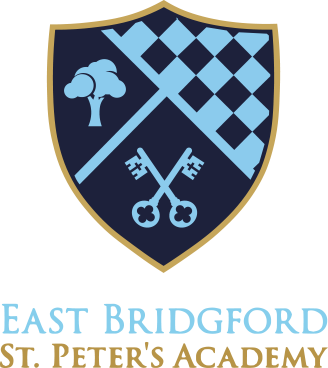Maths in Reception
🧮 What is White Rose Maths?
-
White Rose Maths is a widely used maths curriculum in England. It has a version aligned with the Early Years Foundation Stage (EYFS), used in Reception classes.
-
It follows small, progressive steps (“Small Steps” / “Blocks”) so children build understanding gradually.
-
Emphasis is on mastery: making sure children have strong foundations before moving on.
📆 What will children learn?
White Rose breaks the Reception year into blocks or units per term (Autumn, Spring, Summer), covering different mathematical concepts.
Here are some examples of what children learn in each term:
| Term | Key Learning Areas / Blocks |
|---|---|
| Autumn | Matching, sorting, comparing; recognising patterns; early counting (1‑5); shape (e.g. circles, triangles); recognising same/different. |
| Spring | Exploring numbers 0‑5 (including “Alive in 5”), more about shapes (2D and 3D), exploring measures like length, height, time, capacity; building numbers to 9‑10; comparing, composing numbers. |
| Summer | Moving beyond 10; counting patterns; addition and subtraction with small numbers; spatial reasoning and shapes; sharing/grouping; making connections between numbers. |
✅ How learning happens
-
Lessons are interactive, often using concrete resources (things children can touch, count, explore), visual aids, games, play. This helps children understand what numbers mean, not just memorise.
-
Teachers revisit and build on previous learning (review, recap) so progress is gradual and children keep foundations strong.
-
Plenty of opportunities for children to explore maths through play, continuous provision, small‑group work, guided tasks.
🔍 How can parents help?
-
Children learn at different paces; White Rose expects some children to need more time to secure understanding before moving on. That’s normal.
-
At home, things like counting everyday objects, talking about shapes, comparing sizes, playing with patterns help a lot.
-
Support from home doesn’t need to be formal: asking questions like “Which is heavier?”, “How many more do we need to make 10?”, “Can you group these?” help develop understanding.
-
Look out for information about which block we are doing, so you can align home learning (e.g. reading suggestions, simple counting or shape games).
